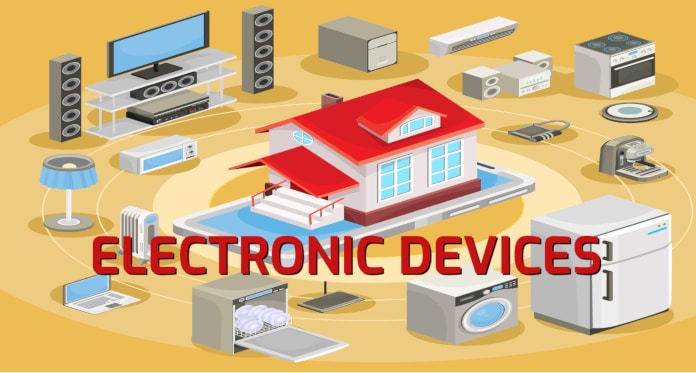In the ever-evolving world of communication, radio waves and microwaves have emerged as indispensable tools. These electromagnetic waves, with their unique properties, offer numerous advantages that have revolutionized the way we connect and transmit information. In this article, we will delve into the advantages of using radio waves and microwaves in communication, exploring their capabilities and impact on various industries.
- Wide Range of Applications:
Radio waves and microwaves find applications in diverse fields, ranging from telecommunications and broadcasting to satellite communication and radar systems. Their ability to propagate over long distances without significant loss makes them ideal for wireless communication, enabling seamless connectivity across vast areas. - High Bandwidth and Data Rates:
One of the key advantages of radio waves and microwaves is their ability to support high bandwidth and data rates. This allows for the transmission of large volumes of data, making them suitable for applications such as video streaming, internet browsing, and file sharing. With the increasing demand for faster and more reliable communication, radio waves and microwaves play a crucial role in meeting these requirements. - Non-Invasive and Safe:
Unlike other forms of communication, such as wired connections or optical fibers, radio waves and microwaves are non-invasive and do not require physical contact. This makes them convenient and user-friendly, eliminating the need for complex installations or cumbersome wiring. Additionally, these waves are generally considered safe for human exposure within regulated limits, ensuring minimal health risks. - Resilience to Interference:
Radio waves and microwaves exhibit a remarkable ability to penetrate obstacles and overcome interference. They can pass through buildings, foliage, and atmospheric conditions, maintaining signal integrity even in challenging environments. This resilience to interference makes them highly reliable for communication purposes, especially in urban areas with dense infrastructure. - Cost-Effective and Scalable:
Implementing radio wave and microwave communication systems is often more cost-effective compared to laying physical cables or fiber optics. The infrastructure required for wireless communication is relatively simpler and can be easily scaled up or down based on demand. This scalability makes radio waves and microwaves an attractive choice for both small-scale applications and large-scale networks. - Versatility and Flexibility:
Radio waves and microwaves offer versatility in terms of frequency allocation, allowing for efficient spectrum management. This flexibility enables the coexistence of various communication systems without significant interference. Moreover, advancements in technology have led to the miniaturization of devices, making it possible to integrate radio wave and microwave communication capabilities into a wide range of devices, from smartphones to IoT devices.
Conclusion:
The advantages of using radio waves and microwaves in communication are vast and far-reaching. From their wide range of applications and high data rates to their non-invasive nature and resilience to interference, these electromagnetic waves have transformed the way we connect and communicate. As technology continues to evolve, radio waves and microwaves will undoubtedly play a pivotal role in shaping the future of communication.


